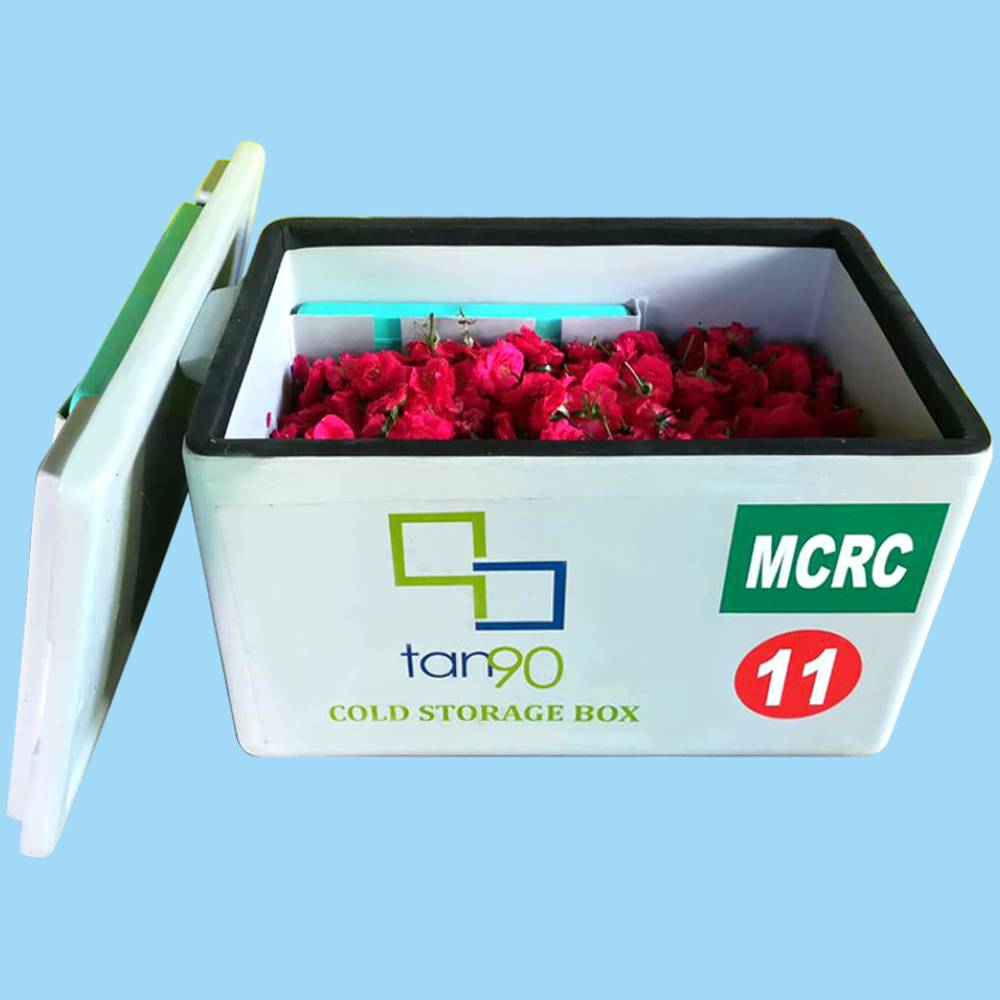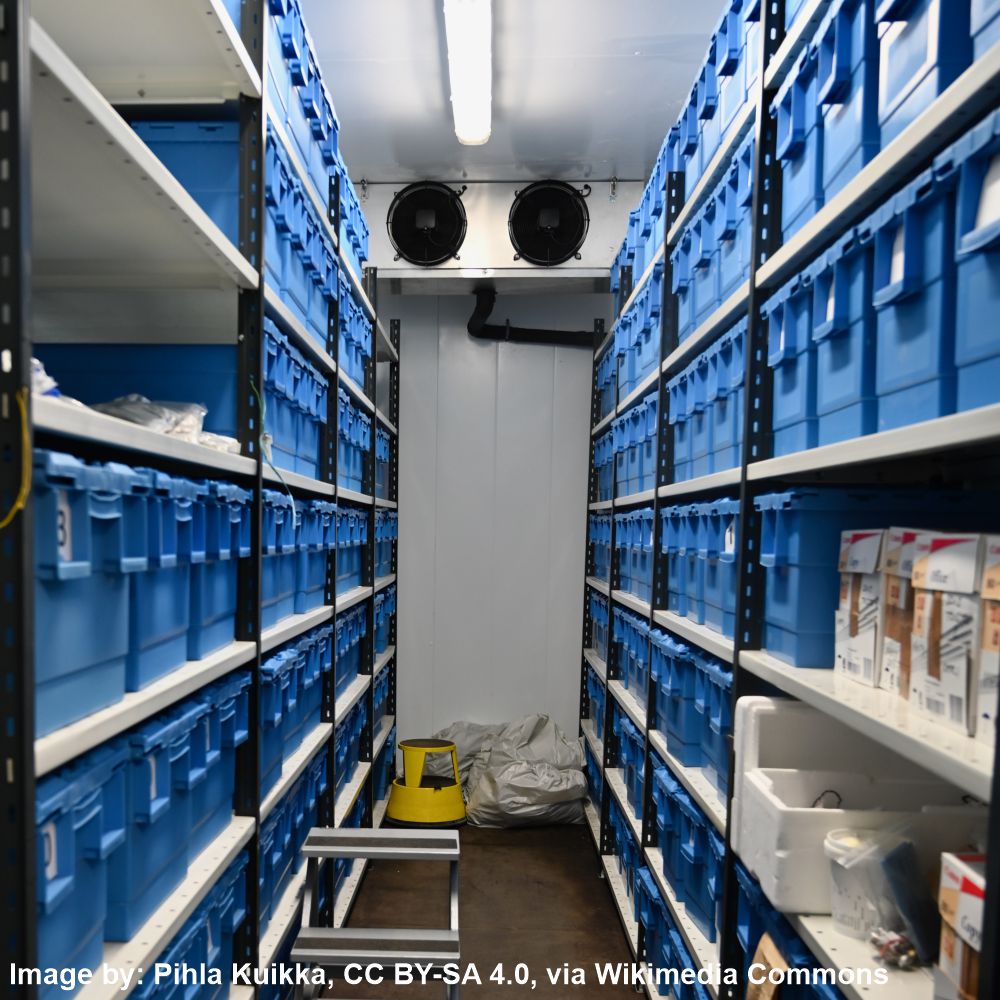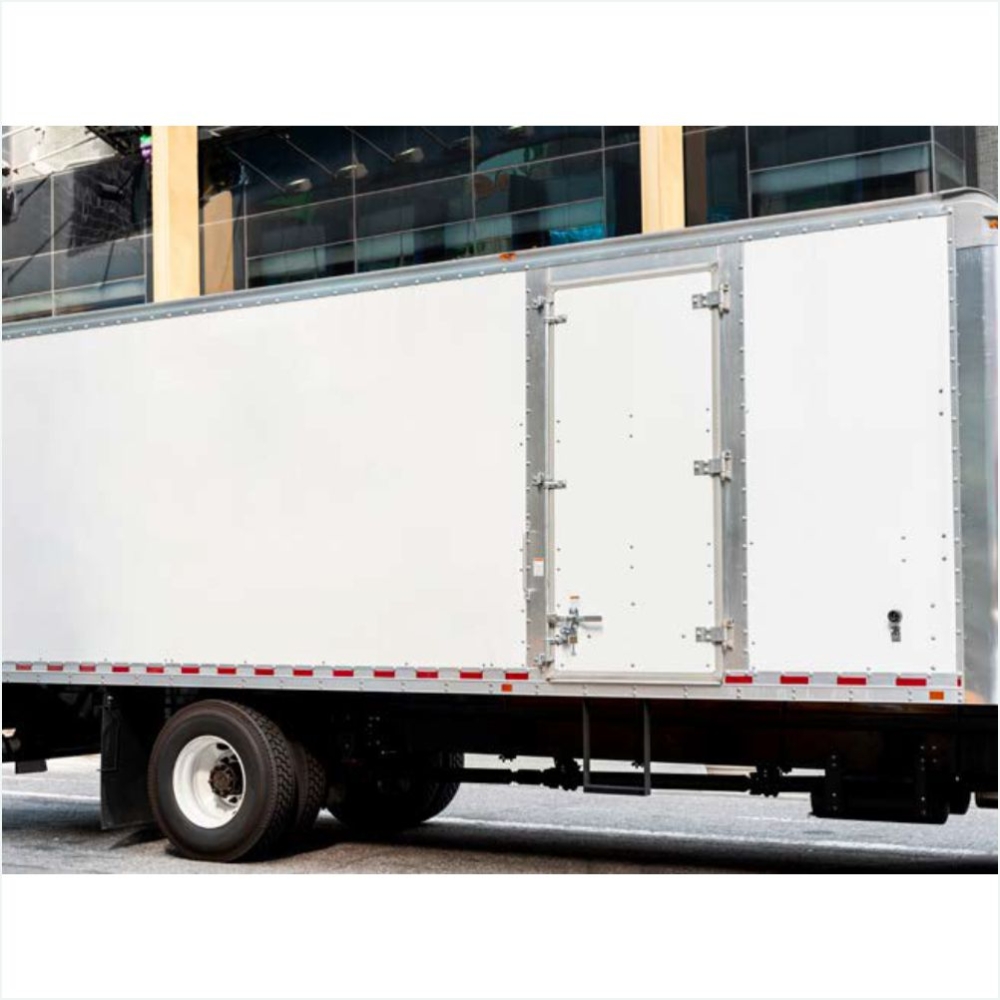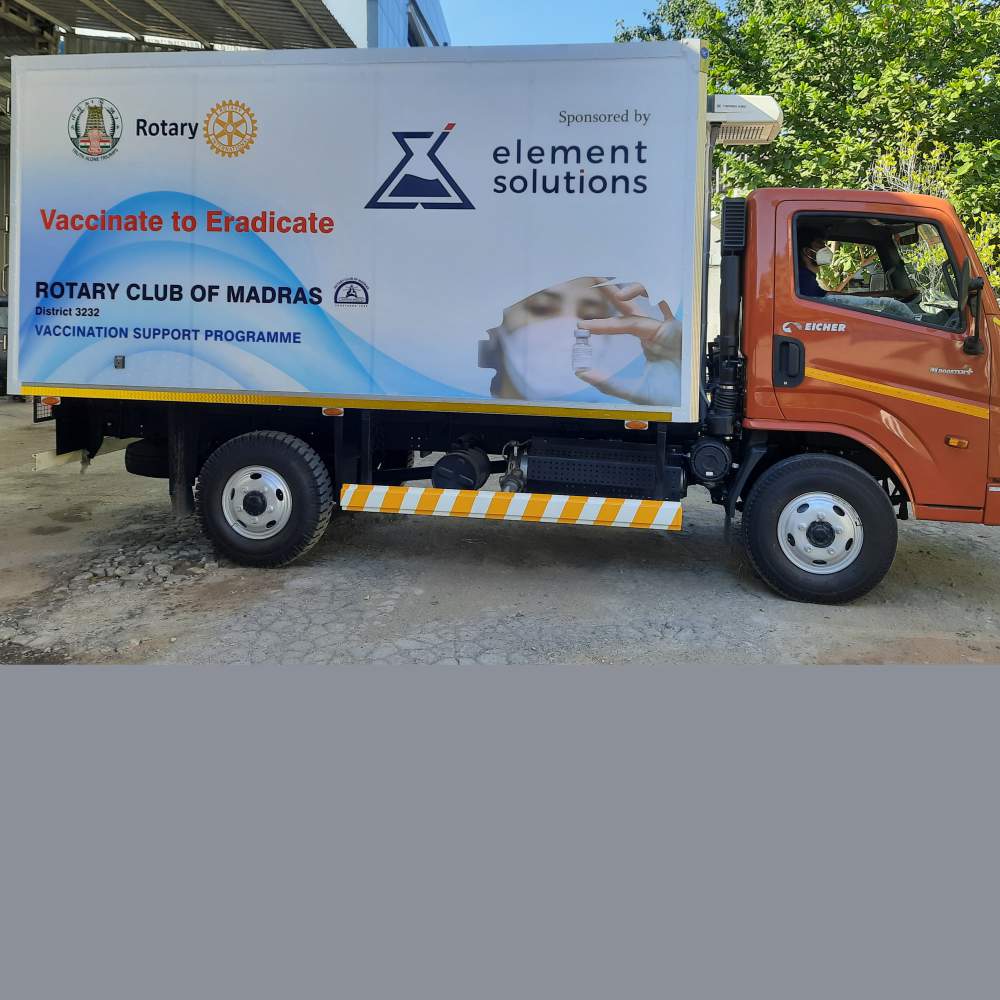"With the advent of electric vehicles, it is now time to look into cold chain logistics solutions that are not only efficient but are also low on carbon footprint. We are looking forward to electric reefer vehicles, working on a platform that is connected, providing traceability and traceability, smart algorithms for predicting routes based on temperature requirements at the end points are some of the features we can foresee for the next 2 to 3 years," emphasizes, Dr. Soumalya Mukherjee, Co-founder, tan90, during an interview…
What are your views on the current cold chain infrastructure of India?
Cold chain solutions/ infrastructure in India is de-centralized. About a decade back, the cold chain was dominated mainly by gel packs with limited use cases. However, there have been many interventions, both from industry leaders, startups, and government policies, that are helping the cold chain to become more organized. With time, customers are understanding the importance of passive cooling by Phase Change Materials (PCM) in India. With frozen food retail sales picking up, with higher penetration in tier I & II cities, the demand for energy-efficient and cost-effective cold chains would be increasing.
Vaccine transportation is the next big thing for at least the next two years, both in India and abroad, given the ramp-up vaccinations to cover 70% of the population with at least one dose. A cold chain is essential for these services. The railways' department has launched the Kisan Rail to connect farmers with mainstream markets, a great initiative. Supporting this, cold chain infrastructure, modified for railways, will pick up in the next decade. In the next five years, we believe that there would be a revolutionary move to opt for innovative cold storage products, and users will move on from rudimentary ice and dry ice due to the high operational costs and harmful effects associated with their use.
What's tan90's unique proposition that is set to alter the cold chain game in the country?
Energy-efficient cold storage has made the headlines lately. While we have made strides towards solar technology, wherein advancements in solar cells have opened opportunities for solar-run cold storage, little effort has been made to enhance thermal storage capabilities. Looking at the promising opportunities, Tan90 Thermal Solutions is working on researching and developing Phase Change Materials over a wide range of temperatures ranging from +15 to -24 degrees centigrade. Phase Change Materials are specialized chemicals that store thermal energy in latent heat or hydration energy. While designing such Phase Change Material, we take care that the freezing time of such materials is kept the least without compromising the energy storage capacity. In other words, we develop fast-charging Phase Change Materials. These have vital applications in cold chain industries, primarily in sectors, which require faster turnaround times.
What are the technological interventions being implemented by you?
One of the significant advantages of passive cooling solutions is the flexibility of logistics solutions available to our clients. With a faster turnaround time for our clients, thanks to the quick freezing ability of our PCM, retailers are now able to transport ice cream in standard trucks, and that too, without the need for dry ice. Traditional cold chain solutions include either costly (refrigerated trucks) or rudimentary (ice packs) options. Ice packs have a limited range of temperatures offerings (typically -1 to +4 degrees centigrade) and hence cannot be used for transporting frozen foods. With specific ranges of PCM aimed at targeted requirements, we allow our clients to transport perishables in regular trucks at as low as -20 degrees. Not only trucks, but our users can also leverage the vast network of railways, as we do for transporting eggs and poultry products from Bangalore to Kharagpur under controlled temperatures.
How did you plan to set up tan90? How has the journey been so far?
Cold storages in India are centralized, which is a bit counter-intuitive to the requirements for the marginal farmers, who make up about 80% of the total distribution In India. Though subsidies by the Government of India are provided for the setting up of cold storage infrastructure, little support is offered for offloading the high operational costs. This has prompted the transformation of cold storage to standard warehouses after a few years.
Reducing operational costs for cold storage can be met in two ways:
- Innovations in energy generation from renewable resources
- Innovations in thermal energy storage for use when electrical energy is not present.
With the successive lockdowns and large-scale implementation of the world's largest vaccination drive, the last few months have brought the cold chain to the limelight, which has been awaited for a long time now. Consumption of frozen foods had been on the rise during the pandemic and is expected to ride with the wave in the near future. There has been a record movement of ice cream at the last mile, with as much as 20% of the sales coming from hyperlocal delivery of ice creams from significant manufacturers this summer. To keep up with such a trend, Tan90 has been providing solutions to various players in India, for the movement of frozen foods, without the requirement of rudimentary solutions such as ice.
What are the crucial learnings from the pandemic?
The solutions available today, for either transportation or storage of perishables, are either costly or rudimentary. The COVID first wave created a lot of logistical challenges as such a challenge was being faced by the industry for the first time. Impaired logistics meant lower access to rudimentary cold chain solutions like ice (for fisheries) or to cold storages (for horticulture). Not having easy access to cold storage, marginal farmers had no option for storing their harvested produce for even a day. Consequently, the loss was incurred at the farm gate for both Agri and allied industries. Lack of supply for ice resulted in tons of fish getting wasted. This creates a massive requirement for solutions that are cost-effective and can be used multiple times. The importance of de-centralized cold storage was also underlined, wherein opportunities to open up low-cost cold storage at the FPO level opened up.
The importance of food safety, traceability, and doorstep delivery of essentials (groceries, horticulture produce) emerged as the situation eased. This required maintaining the freshness till the last drop point for the essential produce. Also, there was a sudden increase in the consumption of frozen foods, RTC/RTE (Ready to cook, ready to eat), etc. Cold storage for the last mile delivery was essential again for this segment, this time for retail.
What are the ways in which F&B wastage can be minimized?
The biggest value creator for farmers at a fast pace is an efficient supply chain that can be traced and tracked for the benefit of both the farmers and the consumers. Flexibility is the key to a resilient supply chain, where flexibility is present in the infrastructure, logistical solutions, market linkages, and price predictions. Several startups are working on each of the above segments. Packaging solutions are now available that contain QR codes that share the above information. Not only that, more than a couple of dozen startups are working towards the aggregation of farm produce and are working on exciting models (B2B, B2C, to HORECA directly), providing the necessary market linkages to the farmers. Complimenting cold storage, bio-degradable packaging solutions, solutions for the extension of produce (like ethylene scrubbers, VOC-based solutions) shelf life can also help provide the necessary support for a resilient supply chain.
Would you like to enlighten us on Krishi Mangal — a joint initiative by Cisco India CSR and Social Alpha to promote agricultural transformation, and what role would you play in the quorum?
Krishi Mangal is a joint initiative of Social Alpha and Cisco India CSR to foster the wellbeing and prosperity of smallholder farmers through deep-tech innovations. Tan90, being one of the winners of the program, is taking a cost-effective cold chain to the roots. While interacting with FPOs, we understood one thing. Setting up infrastructure is only one part of the work done in the agri-supply chain. Connecting farmers with the market are what creates real value for them. Through the program, Tan90 provides cold storage infrastructure for transportation and storage at 10 FPOs, spread across Andhra Pradesh and Telangana. Working with consortium partners (Greenbliss Agro for market linkages) and DbyT Dynamics (for electric mobility), we aim to reduce post-harvest losses with the least carbon footprint and impact 5000 farmers in 1 year.

Categories

Magazine Editions






















